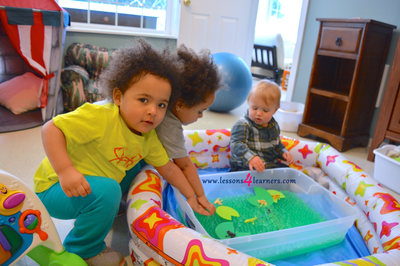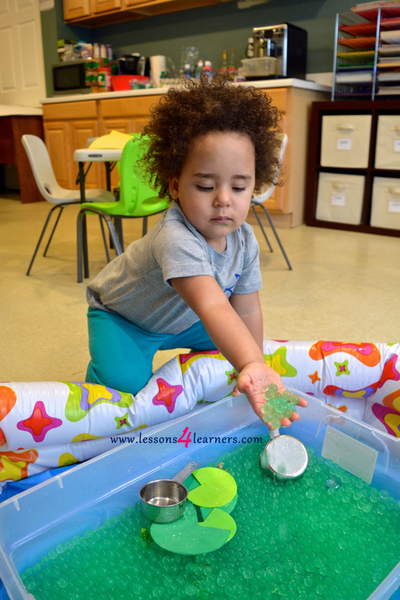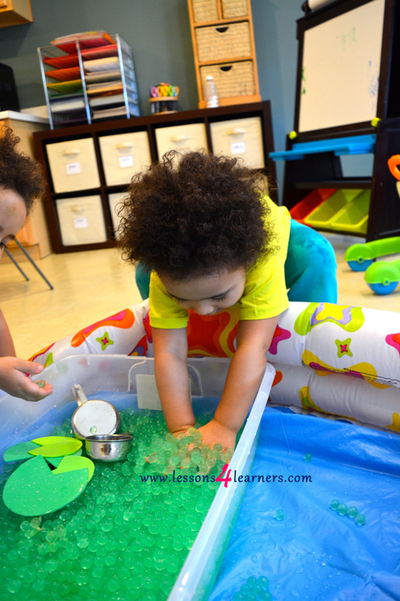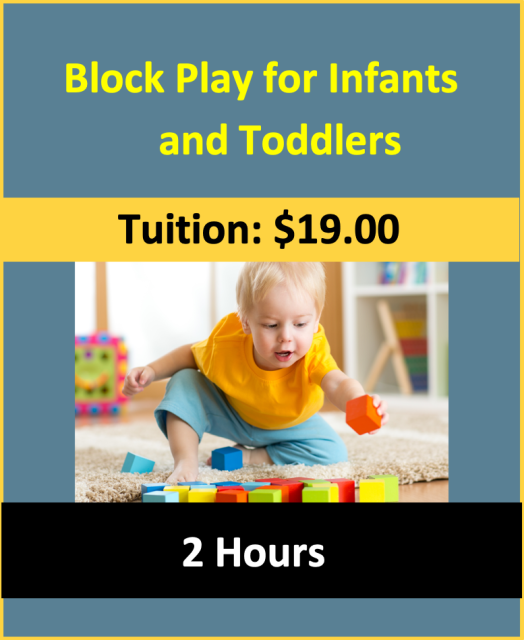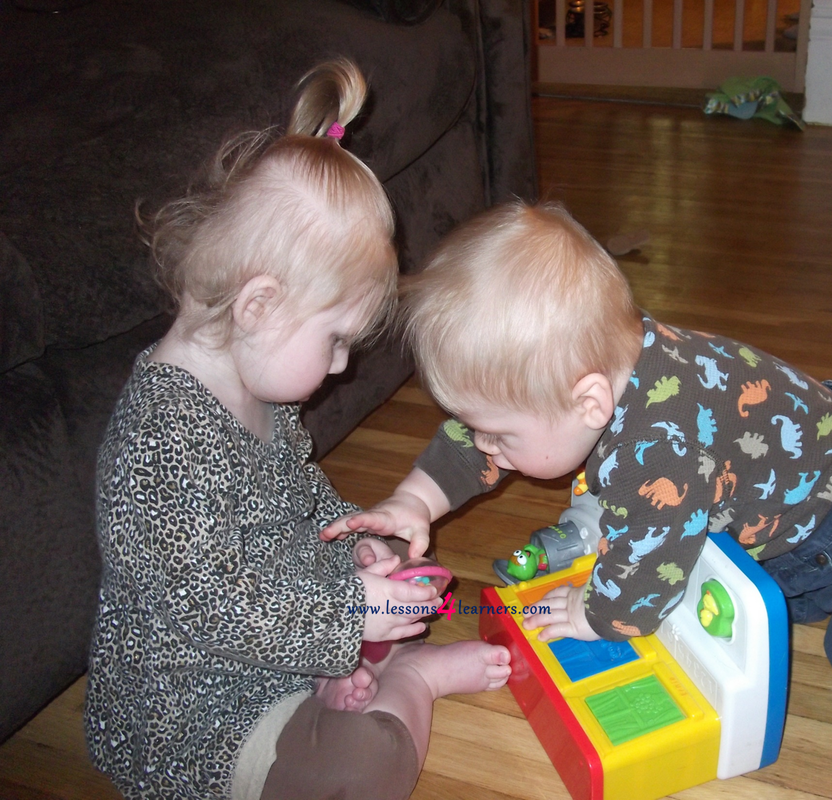Pond Sensory Bin
Lesson Plan:
|
Activity:
Pond Sensory Bin
Lesson plan developed by Ms. Erika Geelhoed, BA Ed
Age Group:
* Lesson plan objective and assessment can be adapted to use this activity with preschoolers.
Objectives:
Child will:
|
|
II.4.3a
Materials:
|
Procedure:
Prepare the sensory by hydrating water beads in the bin the day before (follow the directions on your specific packet). Cut out foam into lily pad shapes and add to bin. You can add any plastic pond creatures that you like such as frogs, snakes, or fish. Place bin in an area that is comfortable for children to explore. *Be sure to monitor children as they play*. Talk with students about the different textures they are feeling. Provide them with adjective to describe what they are experiencing.
Assessment:
- Observe and record the child’s reaction to the various textures. Be sure to record any dialog they have with you or other children.
Note: Please provide appropriate supervision to the children in your care when completing all activities. You will need to decide what types of activities are safe for the children in your care. Appropriate and reasonable caution should be used when providing art and sensory experiences for children. Toddlers require special caution, only use non-toxic materials, and do not allow toddlers to put things in their mouths that are a choking hazard.
Click on the course icon for enrollment information.
Documentation and Assessment of Infants and Toddlers
To remain accurate and helpful to individualizing curriculum, observations must be documented as a record of the child’s process and progress. Given the fact that observation is an ongoing process for the adult, including both spontaneous as well as planned observations, effective documentation can take many forms. Because infants and toddlers cannot be relied upon to demonstrate their prowess “on demand” (e.g., when adults are prepared to notice and record), it falls to the teacher to be ever-ready to capture and record an observation.
|
A strategy that has been found useful is to place sticky pads and pens around the room strategically so that, no matter where the child is, a notable action can be easily recorded without the disruption of the teacher needing to locate the tools for writing. Anecdotal notes can be jotted frequently throughout the day as they occur, then placed in the child’s folder or portfolio when time allows. Digital cameras have also become effective and useful tools for documenting young children and their work.
Once recorded and dated, these notes and observations can be collected in a portfolio that will become a record of the child’s developmental progress. The portfolio, which can be organized in a three-ring binder, or a child’s file, should contain representative examples of the child’s work and progress. All entries into the portfolio should be dated and filed chronologically. Over time, the accumulated notes, digital photographs, or work samples will serve as a record of the child’s progress. |


